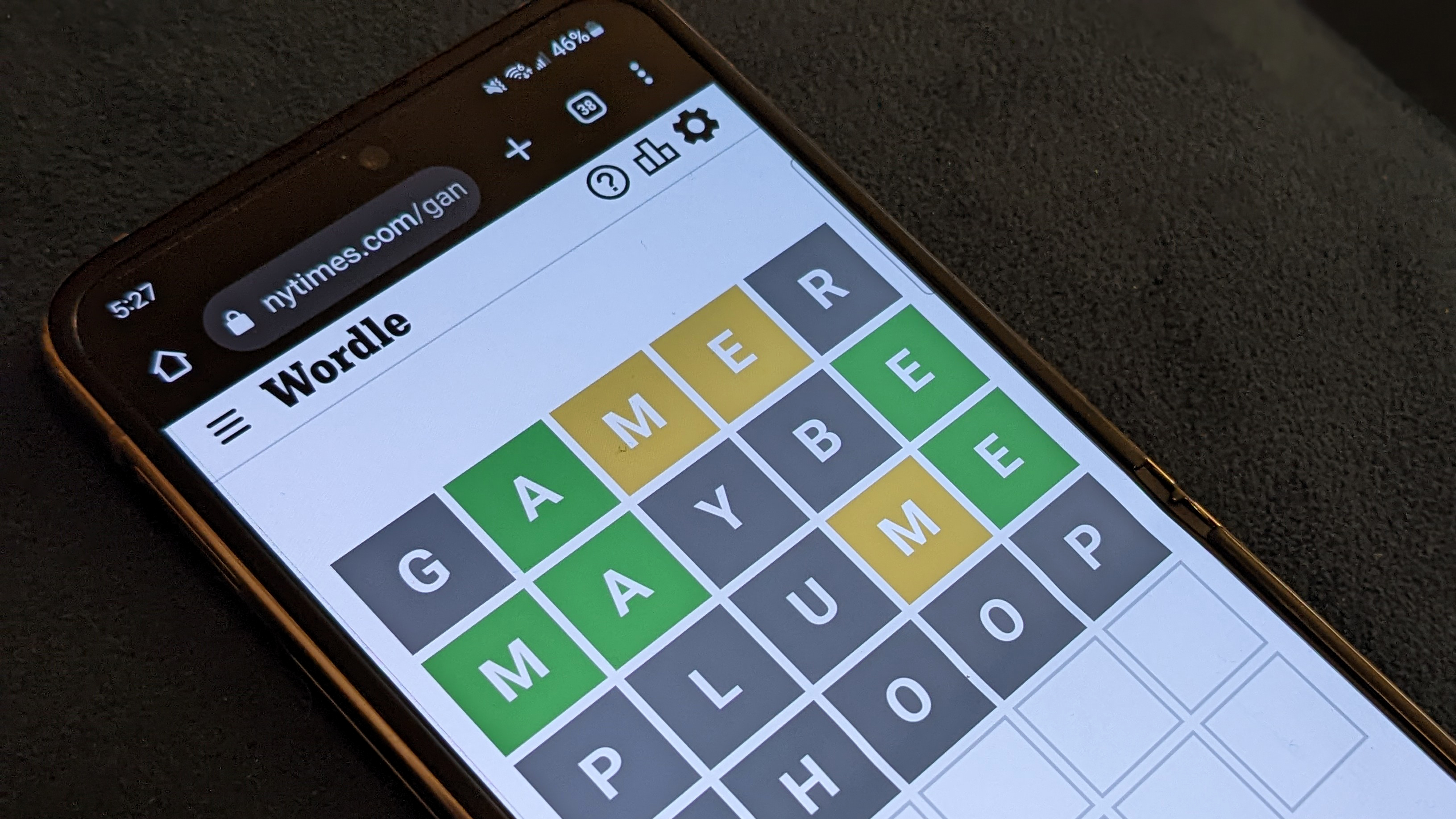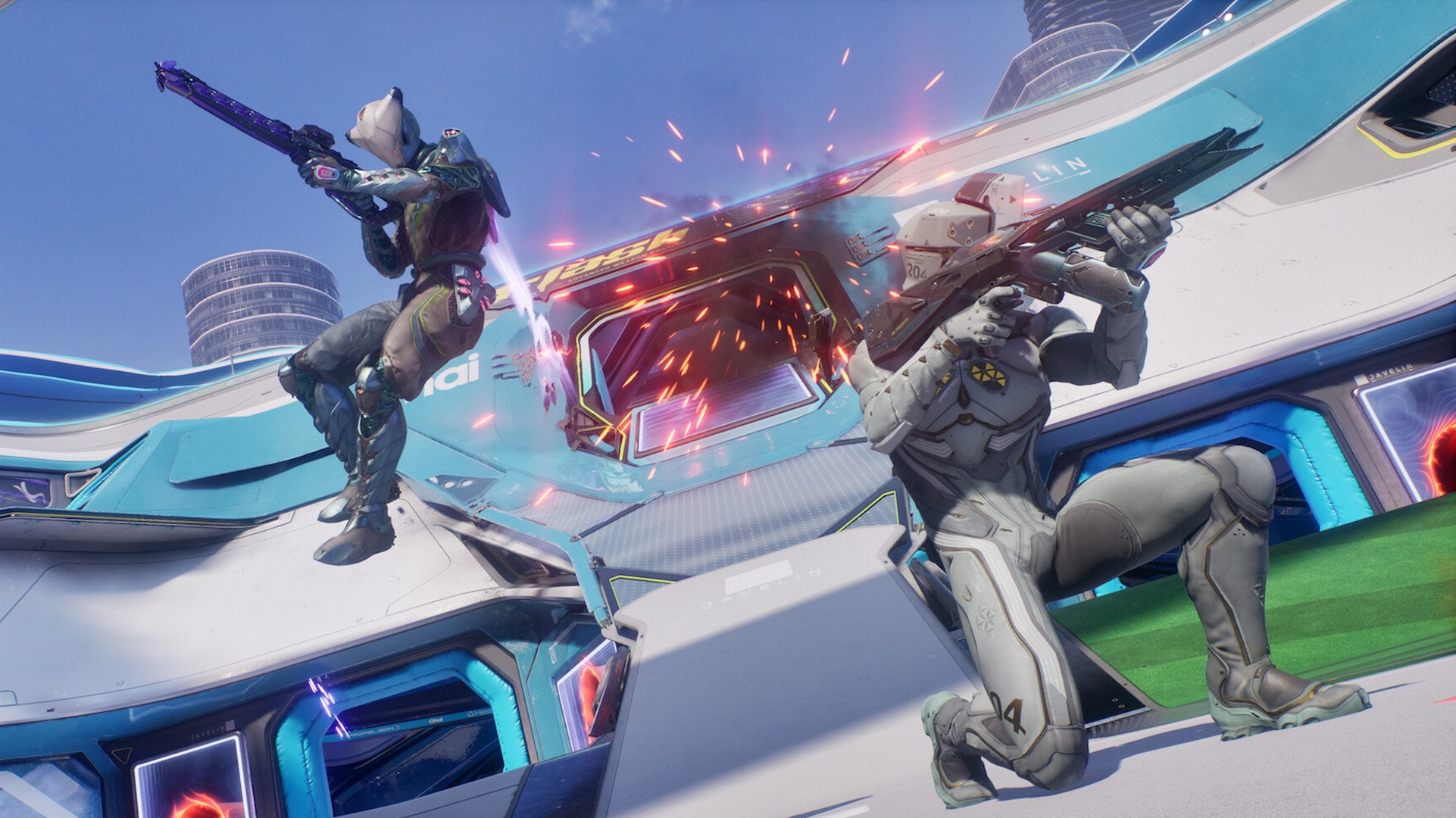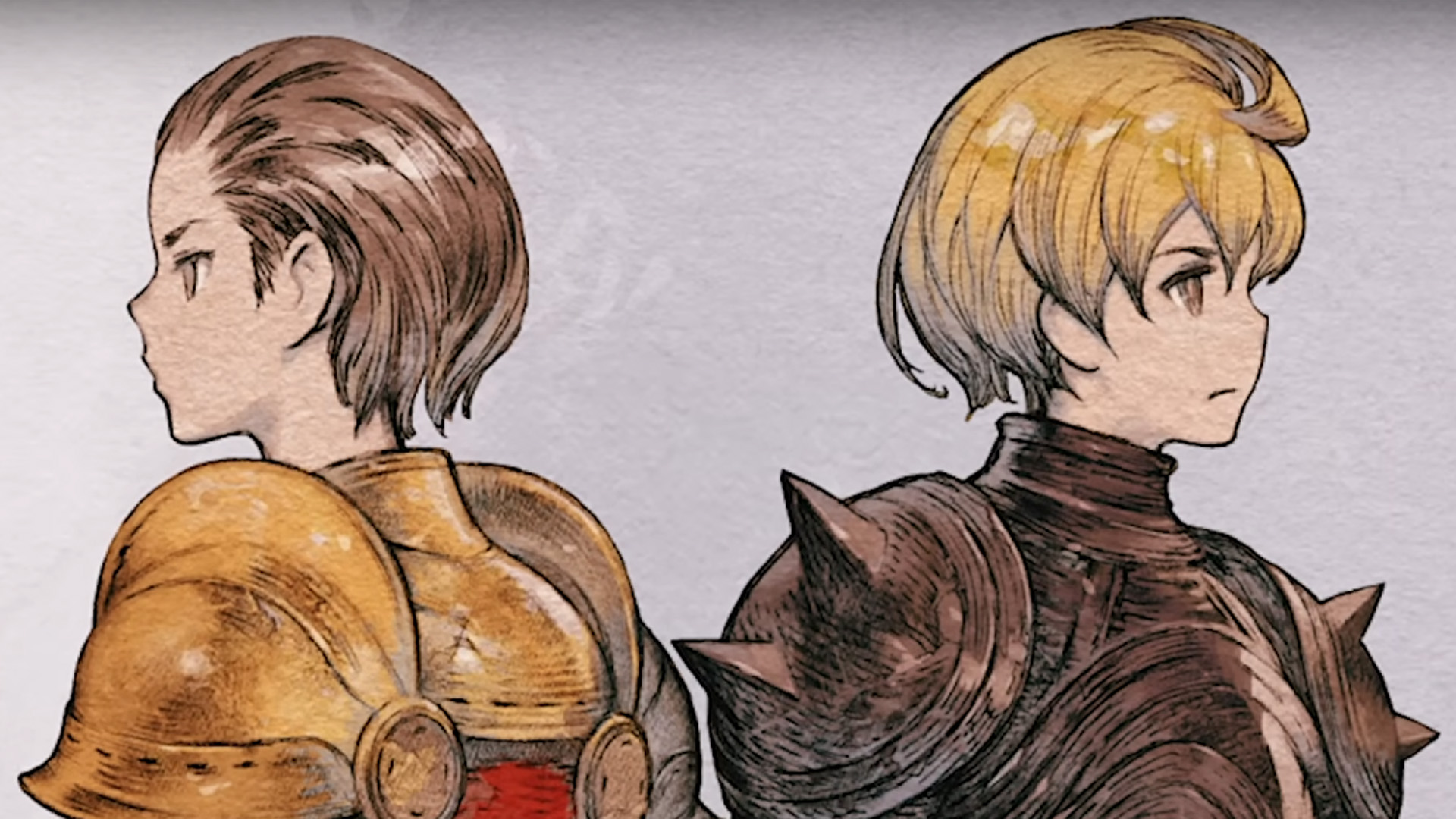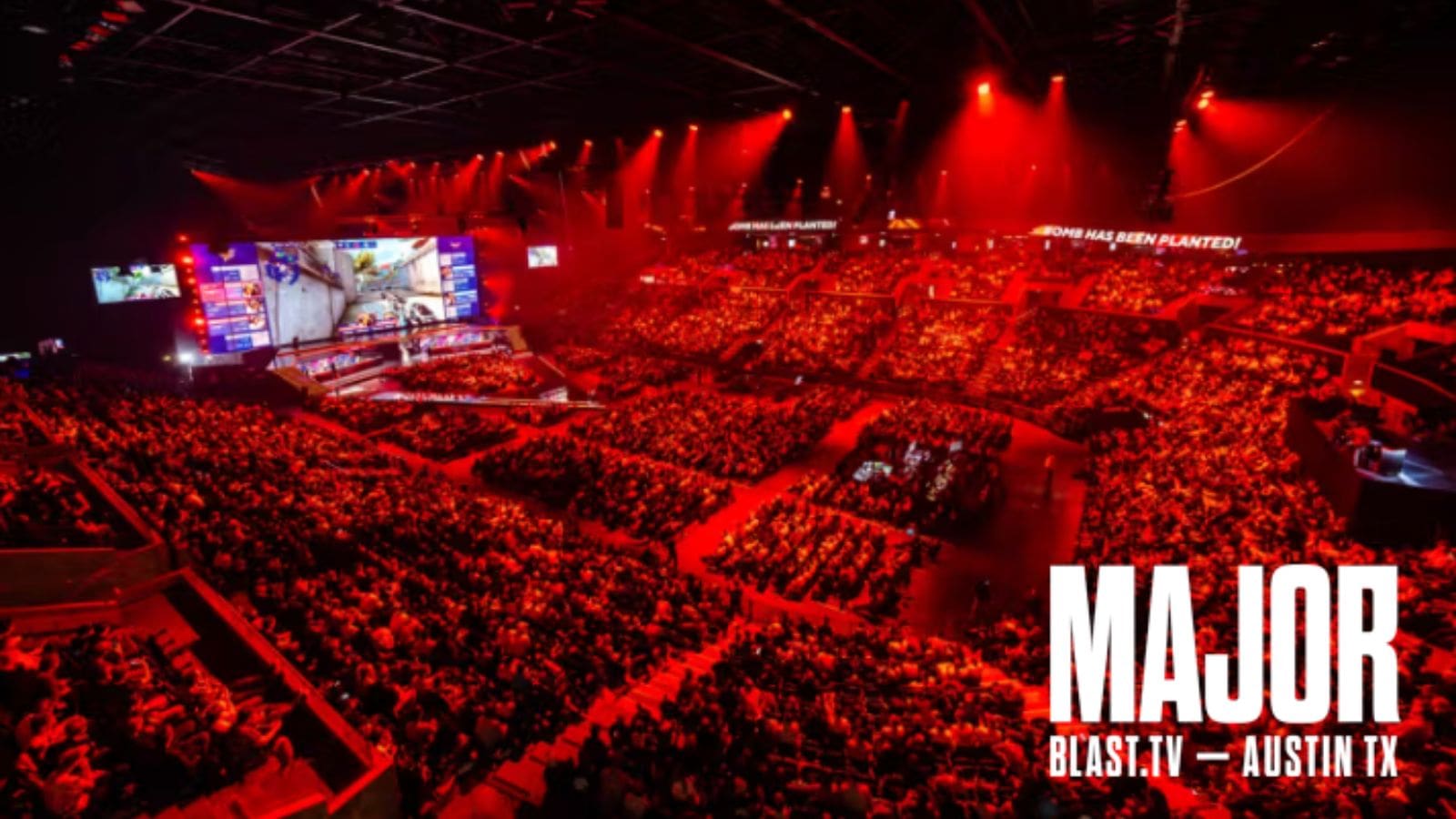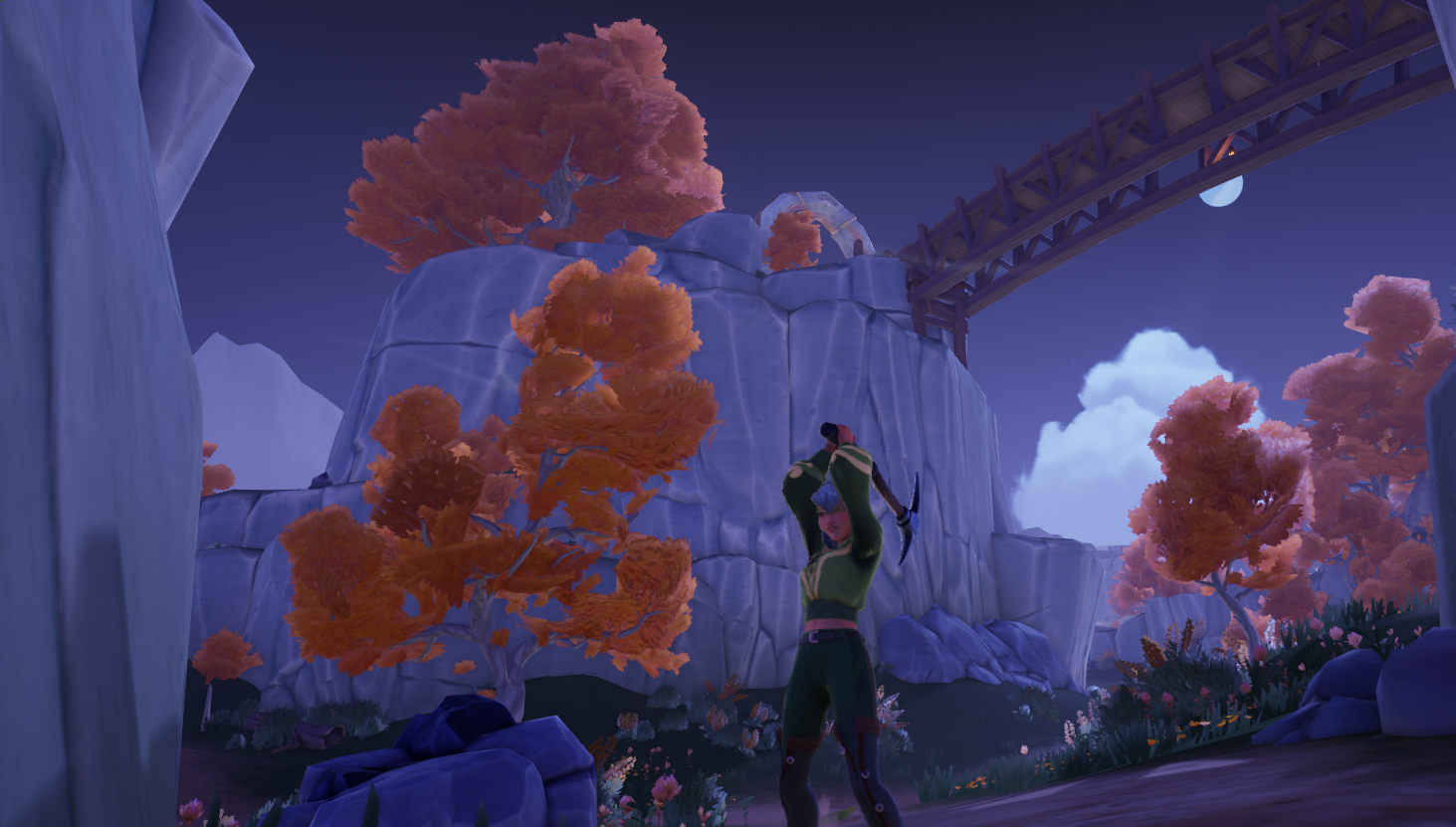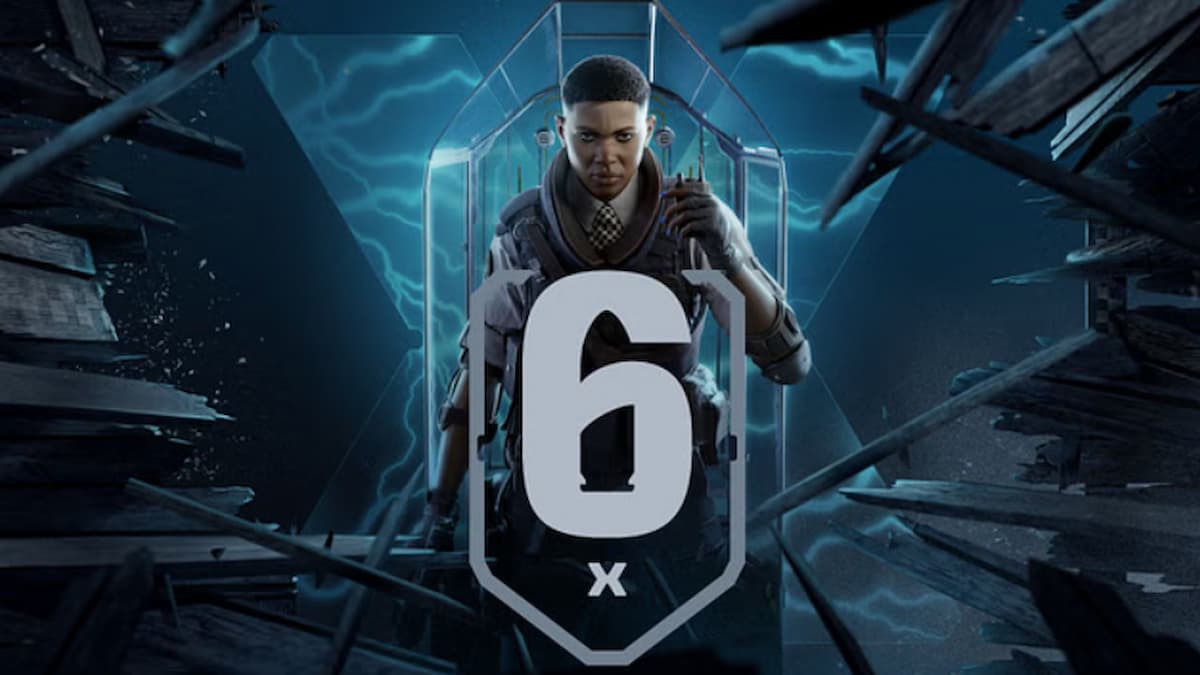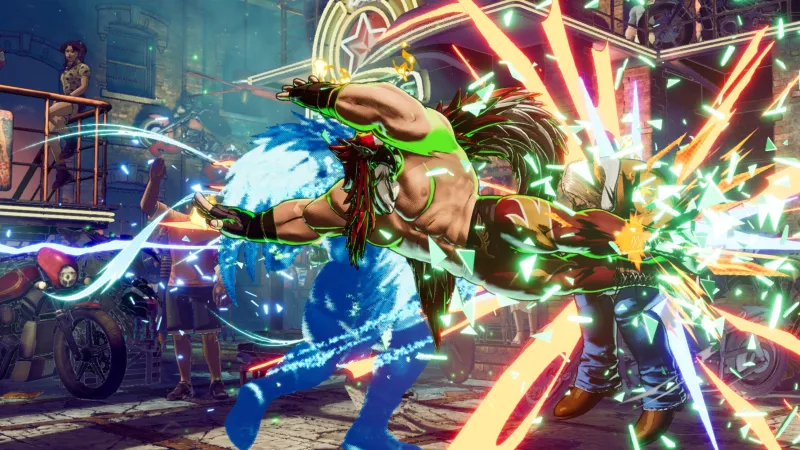
Publisher: SNK Developer: SNK An entire generation of fighting game fans have been born, hit puberty, graduated college, found a career, and possibly started a family in the time between the last Fatal Fury game and the upcoming City of the Wolves. The most recent entry, Garou: Mark of the Wolves, was released in 1999 for arcades (and 2001 for Dreamcast in the West), meaning the series has been dormant for over 25 years. Fatal Fury: City of the Wolves sees the series make its long-awaited return, and it already feels ready to stand alongside the big boys of the genre. I had a chance to play over an hour of City of the Wolves at the SNK World Championship Finals last weekend, where I also spoke with producer Yasuyuki Oda. Fatal Fury has been an arcade mainstay since 1991 but hasn’t quite created the mainstream footprint of Street Fighter and Mortal Kombat. With this new entry, Oda says he believes the series’ penchant for more technical fighting, along with modern revisions to fan-favorite systems, will help it stand out in the now crowded space. Additionally, he also hopes these tenants help the game appeal to unfamiliar younger fighting game enthusiasts who may only know Fatal Fury by name. You eat with your eyes first, and City of the Wolves looks sharp thanks to a stylized art direction, with bold, heavy shadows that give the game a vibrant comic-book-like look reminiscent of Marvel vs Capcom 3. The returning fighters available in my demo were Rock Howard, Terry Bogard, Hotaru Futaba, and Tizoc. I also got to try a new character named Preecha. This bespectacled, bubble-gum-haired young woman is a quirky but brilliant scientist. Interestingly, she’s less interested in proving her fighting superiority and more interested in finding scientific explanations for how her rivals can perform seemingly impossible feats like shooting fire or energy out of their fists. “She's coming at it at a little bit of a strange point,” says Oda. “It's almost like [how] a scientist would try to bring a little bit of reality into this world of special moves and telekinesis and all that stuff. So she wants to know exactly why is this possible, how is it possible, and how I can use this.” Preecha is also a Muay Thai master and star pupil of series comic relief Joe Higashi. She devastates foes with furious, wind-powered kicks, including lobbing small cyclones as projectiles. I enjoyed using her the most out of the available roster, but each character offered a good time, whether I was German suplexing foes as the masked wrestler Tizoc or firing uppercut blasts as Rock. In addition to looking cool, the roster speaks to a broader audience, quite literally, thanks to a new English localization. The REV system serves as City of the Wolves' big new addition, giving players enhanced attacks to bolster their offense. REV Blows are powerful, near-unblockable supercharged attacks; REV Guard serves as an enhanced block; REV Arts are flashy cinematic combo attacks; and REV Accel is a speedy assault of sorts. Using these moves gradually fills the constantly draining REV meter, which replenishes when you land attacks. However, filling the meter sends the fighter into an overheated state, rendering REV moves unavailable until they “cool off” and the meter empties. Managing this meter creates an interesting pendulum swing that kept me from relying on REV moves too often, lest I lose them entirely and give my opponent a window to unleash their own REV-based assaults. Thankfully, the REV meter also doesn't feel restrictive or like it discourages REV use overall due to how rapidly the meter drains. The T.O.P system from Mark of the Wolves returns in expanded form as the S.P.G. (Selective Potential Gear) bar. At the start of each fight, players choose to place this bar at the front, middle, or end of the health meter. When your HP falls within the S.P.G. section, you gain benefits such as increased attack power, the ability to unleash Rev Blows, and health regen. Thus, the placement of the S.G.P. matters. Are you an aggressive player from the jump? Place the S.G.B bar at the front so you begin the match at your strongest. You could place it at the end to act as a powerful last stand. I enjoy the strategy the S.G.B. bar brings, both for myself and for knowing when to turn up the heat when my opponent’s vitality approaches theirs. These systems complement a fighting system that already feels very fine-tuned. Playing matches against A.I. and other journalists was a challenging blast. I loved unleashing combination attacks while leveraging my REV meter. You can also execute Feints, special fake-out moves to trick your opponent into rushing in or backing off. Braking allows you to cancel out of combos in progress. Using returning mechanics, like Just Defend, in which you block at the last second for a quicker recovery, adds to the game’s enjoyable technical-based combat. In a nod to recent fighting game trends, City of the Wolves features an optional, streamlined control scheme called Smart Style. This option simplifies the execution of dazzling special attacks by mapping them to a single button plus a directional input. For veterans, Arcade Style offers the default, more technical control setup, and it’s nice to see Fatal Fury continue the positive trend of inviting players of all skill levels to its world. I’ve never been the most enthusiastic Fatal Fury fan in the world, but I’m very impressed with how thrilling City of the Wolves is, especially this far from release. SNK has a promising start, and while Oda wasn’t ready to divulge details on other modes and features, the core one-on-one fighting is in a strong place. Fighting game fans have feasted well the last few years, and Fatal Fury: City of the Wolves looks to offer another delicious serving in early 2025. Purchase
Publisher:
SNK
Developer:
SNK
An entire generation of fighting game fans have been born, hit puberty, graduated college, found a career, and possibly started a family in the time between the last Fatal Fury game and the upcoming City of the Wolves. The most recent entry, Garou: Mark of the Wolves, was released in 1999 for arcades (and 2001 for Dreamcast in the West), meaning the series has been dormant for over 25 years. Fatal Fury: City of the Wolves sees the series make its long-awaited return, and it already feels ready to stand alongside the big boys of the genre.
I had a chance to play over an hour of City of the Wolves at the SNK World Championship Finals last weekend, where I also spoke with producer Yasuyuki Oda. Fatal Fury has been an arcade mainstay since 1991 but hasn’t quite created the mainstream footprint of Street Fighter and Mortal Kombat. With this new entry, Oda says he believes the series’ penchant for more technical fighting, along with modern revisions to fan-favorite systems, will help it stand out in the now crowded space. Additionally, he also hopes these tenants help the game appeal to unfamiliar younger fighting game enthusiasts who may only know Fatal Fury by name.
You eat with your eyes first, and City of the Wolves looks sharp thanks to a stylized art direction, with bold, heavy shadows that give the game a vibrant comic-book-like look reminiscent of Marvel vs Capcom 3. The returning fighters available in my demo were Rock Howard, Terry Bogard, Hotaru Futaba, and Tizoc. I also got to try a new character named Preecha. This bespectacled, bubble-gum-haired young woman is a quirky but brilliant scientist. Interestingly, she’s less interested in proving her fighting superiority and more interested in finding scientific explanations for how her rivals can perform seemingly impossible feats like shooting fire or energy out of their fists.
“She’s coming at it at a little bit of a strange point,” says Oda. “It’s almost like [how] a scientist would try to bring a little bit of reality into this world of special moves and telekinesis and all that stuff. So she wants to know exactly why is this possible, how is it possible, and how I can use this.”
Preecha is also a Muay Thai master and star pupil of series comic relief Joe Higashi. She devastates foes with furious, wind-powered kicks, including lobbing small cyclones as projectiles. I enjoyed using her the most out of the available roster, but each character offered a good time, whether I was German suplexing foes as the masked wrestler Tizoc or firing uppercut blasts as Rock. In addition to looking cool, the roster speaks to a broader audience, quite literally, thanks to a new English localization.
The REV system serves as City of the Wolves’ big new addition, giving players enhanced attacks to bolster their offense. REV Blows are powerful, near-unblockable supercharged attacks; REV Guard serves as an enhanced block; REV Arts are flashy cinematic combo attacks; and REV Accel is a speedy assault of sorts. Using these moves gradually fills the constantly draining REV meter, which replenishes when you land attacks. However, filling the meter sends the fighter into an overheated state, rendering REV moves unavailable until they “cool off” and the meter empties. Managing this meter creates an interesting pendulum swing that kept me from relying on REV moves too often, lest I lose them entirely and give my opponent a window to unleash their own REV-based assaults. Thankfully, the REV meter also doesn’t feel restrictive or like it discourages REV use overall due to how rapidly the meter drains.
The T.O.P system from Mark of the Wolves returns in expanded form as the S.P.G. (Selective Potential Gear) bar. At the start of each fight, players choose to place this bar at the front, middle, or end of the health meter. When your HP falls within the S.P.G. section, you gain benefits such as increased attack power, the ability to unleash Rev Blows, and health regen. Thus, the placement of the S.G.P. matters. Are you an aggressive player from the jump? Place the S.G.B bar at the front so you begin the match at your strongest. You could place it at the end to act as a powerful last stand. I enjoy the strategy the S.G.B. bar brings, both for myself and for knowing when to turn up the heat when my opponent’s vitality approaches theirs.
These systems complement a fighting system that already feels very fine-tuned. Playing matches against A.I. and other journalists was a challenging blast. I loved unleashing combination attacks while leveraging my REV meter. You can also execute Feints, special fake-out moves to trick your opponent into rushing in or backing off. Braking allows you to cancel out of combos in progress. Using returning mechanics, like Just Defend, in which you block at the last second for a quicker recovery, adds to the game’s enjoyable technical-based combat.
In a nod to recent fighting game trends, City of the Wolves features an optional, streamlined control scheme called Smart Style. This option simplifies the execution of dazzling special attacks by mapping them to a single button plus a directional input. For veterans, Arcade Style offers the default, more technical control setup, and it’s nice to see Fatal Fury continue the positive trend of inviting players of all skill levels to its world.
I’ve never been the most enthusiastic Fatal Fury fan in the world, but I’m very impressed with how thrilling City of the Wolves is, especially this far from release. SNK has a promising start, and while Oda wasn’t ready to divulge details on other modes and features, the core one-on-one fighting is in a strong place. Fighting game fans have feasted well the last few years, and Fatal Fury: City of the Wolves looks to offer another delicious serving in early 2025.
